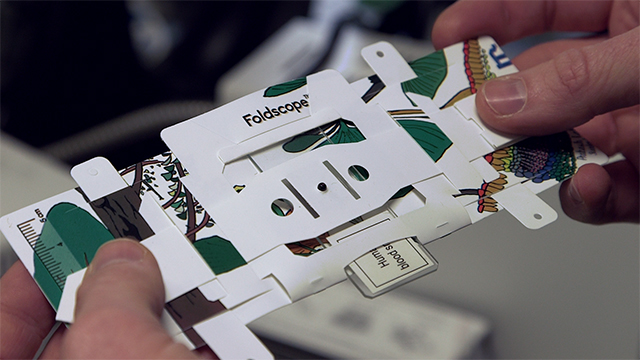From $1 microscopes to shape-shifting robots, we covered some pretty awesome engineering stories in 2015. Here's a look back at them.
Engineering Is Bringing Fish Up from the Deep
We began the year diving deep into the ocean and showing how scientists at the California Academy of Sciences engineered a device that safely brings fish up from the twilight zone, a region of the ocean so deep that light barely reaches it. Fish living at these depths are accustomed to life at a higher pressure, and because many fish have a gas-filled organ called a swim bladder, they are super sensitive to fast changes in pressure. If scientists want to bring the fish up to study them at sea level, their swim bladders can expand and crush other vital organs-- killing the fish. So scientists at the California Academy of Sciences engineered a portable device that maintains high ocean pressures, so they can collect the fish and bring them safely to the surface.
For an even deeper learning experience, check out our collection of associated resources about this project, including science and career spotlight videos, a hands-on activity, a Do Now activity and an e-book.
Engineering Is Diagnosing Diseases with Origami Microscopes
Next, we got an up-close look at how Manu Prakash, a bioengineer at Stanford University created the Foldscope, a $1 paper microscope. This nifty invention could one day help diagnose diseases in remote or resource-poor areas throughout the world. In fact, these microscopes are currently in validation studies and clinical trials to be used as diagnostic tools for malaria, African sleeping sickness and schistosomiasis. In addition to diagnosing diseases, he hopes these microscopes will be used by students, teachers and life-long learners to explore their own world. Through the Ten Thousand Microscope Project, Prakash has shipped approximately 50,000 Foldscopes to students and lifelong learners in more than 130 countries who submitted ideas for experiments or questions that they would like to answer using the Foldscopes.
